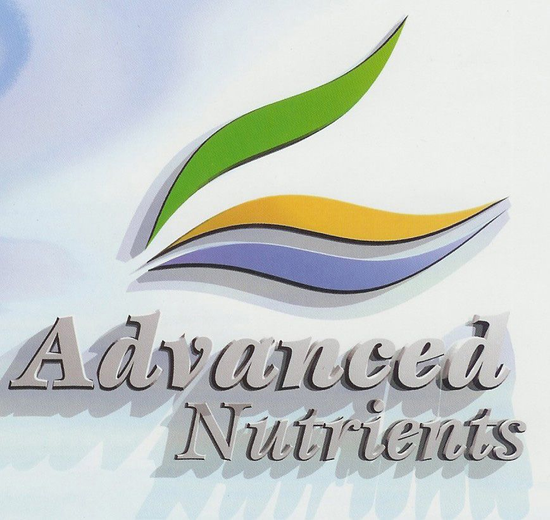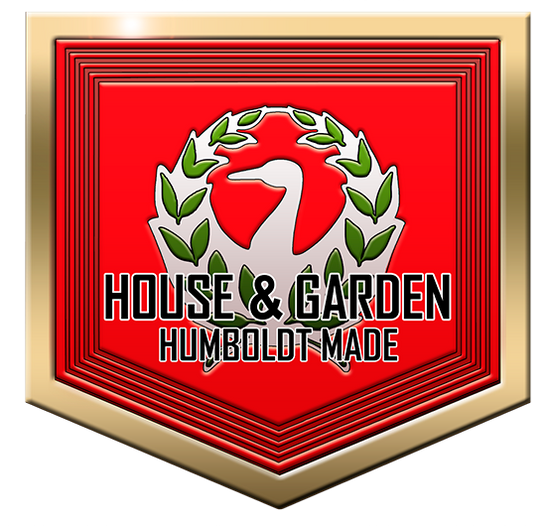Seed Starting
Four stages of the cannabis plant:
- Germination
- 3 - 10 days after planting
- Seedling
- Vegetative / grow
- Flowering / bloom
Some tips to increase the likelihood of success:
- Research proper watering and feeding techniques before your seedling becomes an adult plant.
- It is very easy to damage your plants from improper watering and feeding techniques. This is the most common mistake by new gardeners.
- Start seeds indoors in a controlled environment.
- Temperature should be between 60 and 85 degrees Fahrenheit.
- Keep in a dark place until you plant in soil or other medium.
- Research the characteristics of the strain you have chosen.
- Decide what medium you will grow in and have it ready when you sprout your seed or seeds.
- If you are planting outdoors, the time of year you choose to sprout is very important. Temperature fluctuations throughout the day and night will dictate the survival rate of your seedlings.
Main objectives for sprouting seeds.
- Moisten the seed so it can break through its outer shell
- Keep the sprouting medium wet while in the germination stage.
- A taproot and two cotyledon leaves will break through the shell indicating a successful germination.
- Plant seed in soil or chosen growing medium once the taproot is 1.5 to 2 inches long.
- If using a method other than a paper towel, plant your seeds into your chosen growing medium once they break through the surface.
- Add a low level light as soon as the young cotaligen leaves are visible.
- Best to have a light source before the seeds break through the soil surface.
- Once there are adult leaves growing, begin the watering and feeding cycle.
- A seedling is no longer a seedling when more than one node with adult leaves is present.
( Nodes are a grouping of adult leaves stemming from the main stalk ).
Paper Towel Method
Advantage of the paper towel method:
- You can confirm your seed or seeds have sprouted. At times when planting in soil or other medium you are unable to see the seed and unable to confirm it has sprouted.
Disadvantage of the paper towel method:
- It requires you to handle your delicate sprout. This is stressful for your young seedling and increases the possibility of damage or excessive stress to your seedlings.
Pre-soak:
Drop seed in a cup of water until the seed sinks. But don’t wait too long after it sinks, or the seed will die.This step is a helpful pre-soak no matter what method is used to sprout the seed, but isn’t absolutely necessary.
- Wrap seed in a wet paper towel.
- Keep the paper towel wet until it’s time to place the sprouted seed into the soil or other medium.
- Paper towel and seed can be kept wet by placing it in a plastic bag.
- It may be necessary to wet the towel periodically.
- The seed should be kept in a dark place.
- A taproot will sprout from the seed in 3 - 10 days.
- Plant your sprout when the taproot is 1.5 to 2 inches long.
- Plant in a medium of your choice with the taproot pointing down.
- The seed should be approximately a ½ inch below the surface of the medium you plant in.
- Be sure to fill or close the hole you plant the seed in.
- This will differ based on the medium used.
- You can add a light at this time as the sprout will grow towards the light. A high powered light is not needed until your seedling is in the full vegetative phase.
- The light should be fairly close to the soil at this point so the seedling can detect it.
- Feeding should not begin until there are at least two nodes.
- Nodes are a grouping of adult leaves stemming from the main stalk.
- Only feed lightly. About 25% strength until the seedlings begins to start a growth spurt.
- ( Feeding schedules are dependent on many conditions. To insure the success of your grow, do some research on the topic of watering and feeding. )
- The light should be fairly close to the sprout.
- Some strains naturally grow taller than others. Knowing the characteristics of the strain you are growing is useful throughout the growing process.
- If the sprout is growing taller than it is wide, then the light needs to be closer or more powerful.
- Plants that grow tall can become vulnerable to falling over and damaging their main stalk.
Starting in Soil
Advantage of starting in soil:
- Unlike starting your seeds in a wet paper towel, you won’t have to handle your delicate sprout and risk damaging it.
Disadvantage of starting in soil:
- Even though your seedling roots will need to be handled less than the paper towel method, you will need to replant your seedling into a larger pot.
- Replanting of any kind can be stressful for your plant, although when sprouting in soil you will have a root ball that can be kept intact for the final planting.
- Sometimes hard to confirm if a seed is a dud or not.
Pre-Soak:
Drop seed in a cup of water until the seed sinks. But don’t wait too long, or the seed will die. This step is a helpful pre-soak no matter what method is used to sprout the seed, but isn’t absolutely necessary.
- Choose a small container to put your soil into. A plastic cup or small plastic planting pot per seed is suggested.
- A larger container will require more water and is harder to keep the soil wet during sprouting.
- It’s important to keep the soil very moist until the seed has broken through the top of the soil.
- Place seed about ½ inch deep in the soil and cover with soil.
- A small light is helpful at this point. The sprout will grow towards the light.
- Once your sprout breaks through the top of the soil, your light should be very close to your seedling.
- If your light produces a lot of heat, make sure it isn’t so close as it could burn the seedlings' delicate cotyledon leaves.
- When your seedling or seedlings break through the top of the soil, you will want to let the soil dry a bit more before watering.
- Once your seedling becomes an adult plant, you should let the soil dry before watering.
( The most common mistake of new growers is excessive watering because they are afraid to let the soil dry in between waterings. )
- Once your seedling has more than one node, it is no longer a seedling.
( Nodes are a grouping of adult leaves stemming from the main stalk ),
- Watering and feeding will need to be adjusted for a plant in its vegatative state.
- ( Feeding schedules are dependent on many conditions. To insure the success of your grow, do some research on the topic of watering and feeding. )
Other mediums for sprouting seeds are available. Rockwool starter cubes, Jiffy Pellets, peat moss and seed starter plugs to name a few. No matter the product you choose, the needs of the seed are the same. Moisture, warmth and a medium to support the delicate sprout are the basic needs of a seed.
Each of the above products have qualities of their own and the methods of using them vary from gardener to gardener. Rockwool is probably the most unique among the methods available. It requires soaking and pH adjustment for a successful germination of your seeds.




